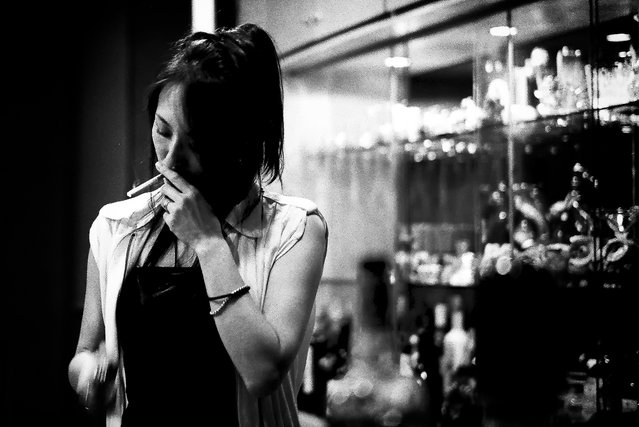31 May 2013 12:20:00,post received
0 comments
Details
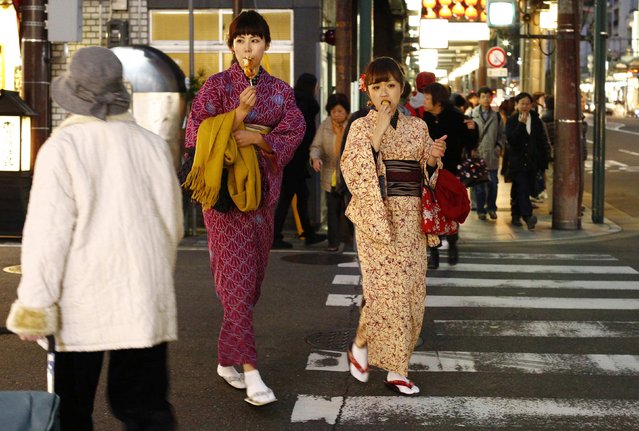
Women, dressed in traditional Japanese kimonos, cross a street in Kyoto, western Japan November 19, 2014. (Photo by Thomas Peter/Reuters)
20 Nov 2014 12:25:00,post received
0 comments
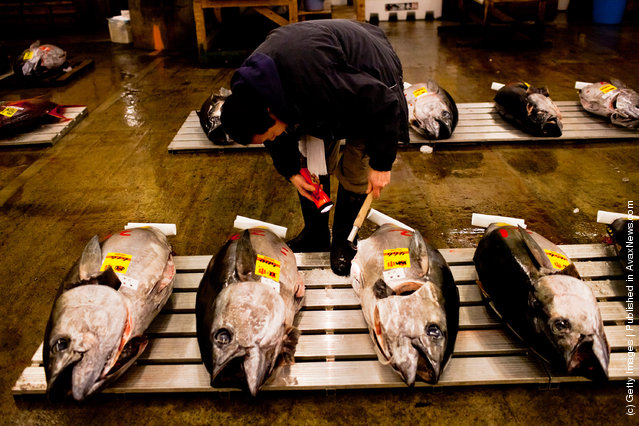
A potential bidder carefully examines pieces of Tuna in order to ascertain the quality and to estimate its price ahead of the Tuna auction at the Tsukiji fish market on February 28, 2012 in Tokyo, Japan. (Photo by Daniel Berehulak /Getty Images)
01 Mar 2012 10:26:00,post received
0 comments
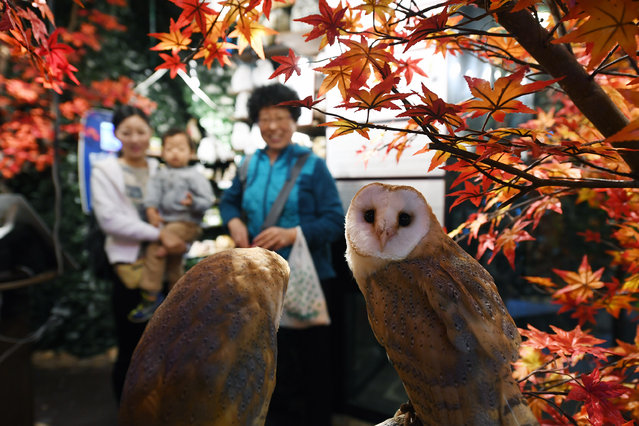
People view live owls at, Owl's Forest which is located on the bottom floor of a building along a bustling street in the Harajuku area on Friday November 04, 2016 in Tokyo, Japan. Visitors can pet owls at the business. It is located next to one of Tokyo's many cat cafes. (Photo by Matt McClain/The Washington Post)
04 Jan 2017 07:52:00,post received
0 comments
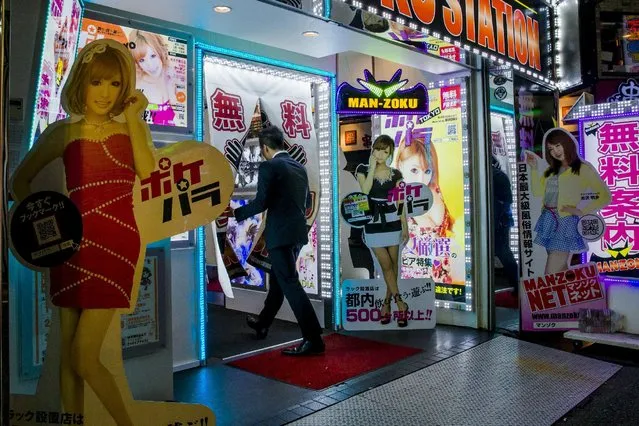
A man enters an adult amusement establishment in Shinjuku's nightlife district of Kabukicho in Tokyo, August 27, 2015. (Photo by Thomas Peter/Reuters)
28 Aug 2015 11:19:00,post received
0 comments
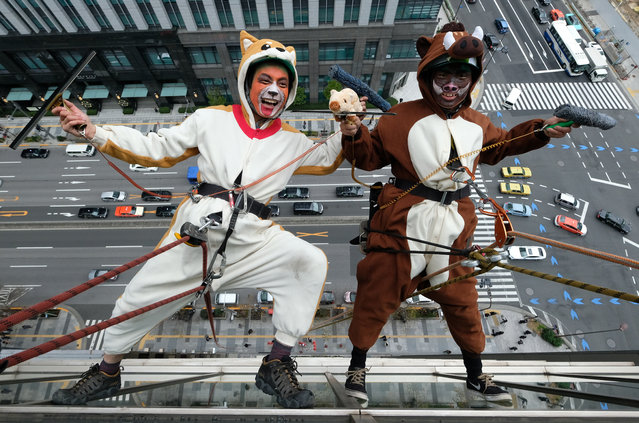
Workers clad in a dog and a wild boar costumes, to represent the outgoing year of the dog and incoming year of the wild boar, clean windows on the side of a hotel in Tokyo on December 13, 2018. (Photo by Kazuhiro Nogi/AFP Photo)
21 Dec 2018 00:05:00,post received
0 comments

In this picture taken on October 28, 2017, former Japanese p*rn star Mana Izumi checks her new tattoo at a tattoo studio in Tsurugashima, Saitama prefecture. Tattoos still provoke deep-rooted suspicion in Japan as the country prepares to host the 2020 Tokyo Olympics. People with body ink are refused entry to public swimming pools, bathing spots, beaches and often gyms, while visible body art can be harmful to job prospects. (Photo by Behrouz Mehri/AFP Photo)
10 Jan 2019 00:05:00,post received
0 comments
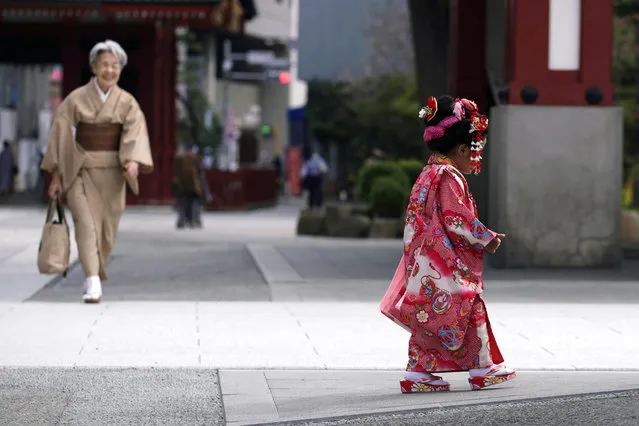
A child in colorful kimono walks at Tokyo's Asakusa district on the occasion of Shichigosan celebration Thursday, October 22, 2020. The festival celebrates children aged three, five and seven for their well-being. (Photo by Eugene Hoshiko/AP Photo)
01 Nov 2020 00:03:00,post received
0 comments

